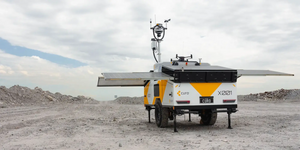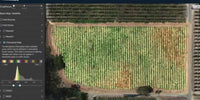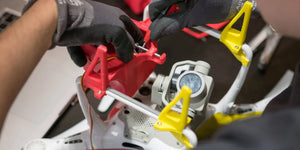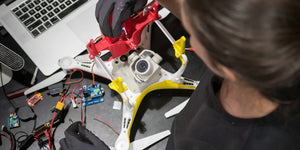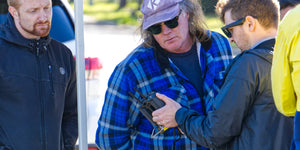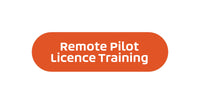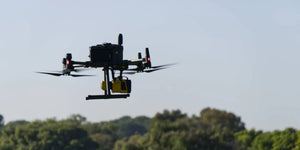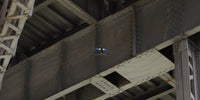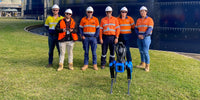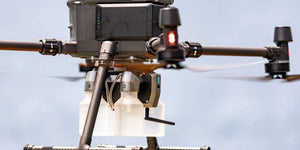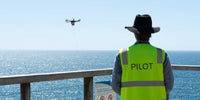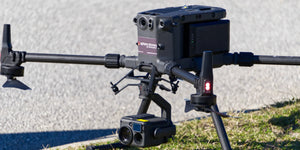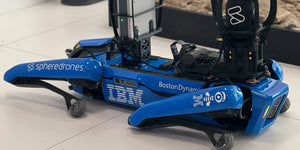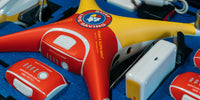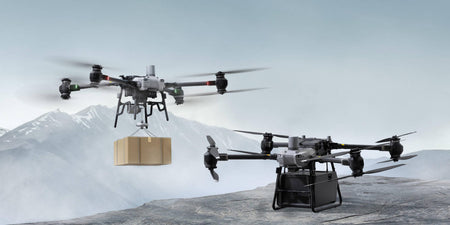DJI’s drones are being used by the world’s largest ski resort, Val Thorens, to improve its operations and the safety of active slopes. Val Thorens’ effort to keep the slopes safe and secure while maintaining equipment and infrastructure requires a 200 person team working around the clock.
Not only does having that many people working cost a lot of money, but it was also a safety risk and required a large number of people to all be in contact with one another to ensure operations remained safe. This all changed when Benjamin Blanc and Olivier Gardet first thought to look into drone technology adoption.
After Gardet tested various drones on the mountain, the Val Thorens Belleville valley’s ski patrol went with the DJI Matrice 210 with the Zenmuse Z30 and Zenmuse XT2 payloads. This process took a fairly long time due to the nature of the drone usage and the location the team was wanting to fly in.
Once all of the regulatory business was out of the way, the drone first took flight during the 2018-19 ski season. Almost instantly, the ski patrol was happy with introducing the new technology and shared a lot of positive feedback on the drone. While the one drone was a great start, it was soon obvious that a drone unit needed to be created and scaled up. This lead the way for a dedicated drone cell.
What do the drones do?
When it comes to ski operations, your first thought for a drone is that it is used for search and rescue operations. While this is true, it also has many other uses, with some still being found every day.
Something that has often be done on the ground or in the air with a helicopter is scouting out slopes and creating safety assessments. Rather than sending a team in on the ground to do this, a single drone can be flown in, map out the area, take photos and videos, and then return in a fraction of the time standard operations would have taken.
The other big thing the ski patrol’s drone cell is using the drones for is infrastructure inspections. The slopes are fitted with Gazex, which are specially designed avalanche systems that can set an avalanche at a certain time to make the slope or mountainside safe for when people arrive. Since these are located at the top of the range, facing harsh weather conditions and the damage from the blasts they create, they need to be checked regularly.
The DJI Matrice 210 has removed humans from the equation altogether, rather allowing them to watch from a safe distance and use the data captured from the drone to decide on whether maintenance is required. A helicopter was also used to inspect the Gazex, costing around US$10,000 every year.
